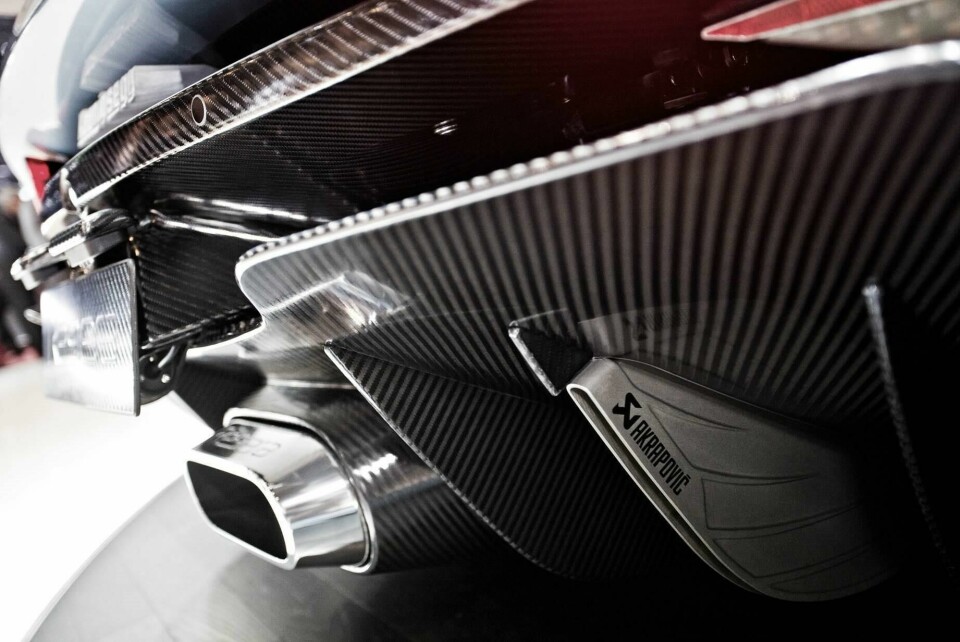
Design Detail: Koenigsegg Regera ‘fishtail’ Exhaust (2015)
Old-school acoustics on a new-school ‘megacar’
Koenigsegg are perhaps best known for their envelope-pushing engineering and technology, rather than for especially iconic design. The essential proportions and aesthetic themes seen on their debut CC have survived and evolved all the way up to today’s Agera RS (which itself is soon to be replaced) with only detail and aerodynamic enhancements to the exterior keeping the successive CC8S, CCR, CCX and Agera iterations looking fresh.
In the 20 years since their first prototype spun its wheels at the HQ on a converted air base in Ängelholm, Sweden, the company founded by a single engineer with a dream (and some money) has grown exponentially to become a giant slaying world beater – it was the 2004 CCR, not the Bugatti Veyron of a year later, that officially beat the McLaren F1’s world top speed record first, for instance. In 2015, they introduced a second model to their range for the first time.

The hybrid Regera features all sorts of groundbreaking technology, utilising an F1-grade 800V battery, three electric motors and an 1100-horsepower version of the company’s own 5.0 twin-turbo V8, all of which sends a combined 1500hp through a torque-vectoring direct-drive transmission at the rear.
However, the design is equally revolutionary – in comparison to their previous cars, anyway.

The front and rear ends are lower, more streamlined and sculptural, yet somehow less brutal than before, as this aims to be a more luxurious, efficient, GT-style approach to what Koenigsegg calls a ‘megacar’. That said, the visor-like DLO, removable double-bubble roof and triangular bodyside cooling intakes keep the brand identity intact.

One particularly interesting detail is the exhaust tailpipe design. While onlookers will initially spot the central chrome-edged oval and assume that’s the tailpipe, what they’re seeing is in fact a heat extractor for the electric drive system (jokingly referred to by founder Christian von Koenigsegg as “the electric exhaust”).
The engine’s titanium exhausts are disguised as vanes in the rear diffuser, to create the minimum of disturbance in a critical area of aerodynamics.

They are also a bit retro, recalling the ‘fishtail’ exhausts that were fashionable in the early 20th century. Those originated from the ‘Brooklands silencer’ that racing teams and privateers employed to pass regulations at the Brooklands Motor Circuit in Surrey before WWII.

The unusual look was then imitated in the aftermarket for decades afterwards, not least because of how the shape alters the engine acoustics.
Whether a by-product of aerodynamic and packaging demands, or conceived deliberately as a quirky throwback to contrast with the Sci-Fi tech on board, the Regera’s fishtails (co-developed with Akrapovič) make for a pleasingly peculiar and old-school feature on this decidedly new-school ‘megacar’.



